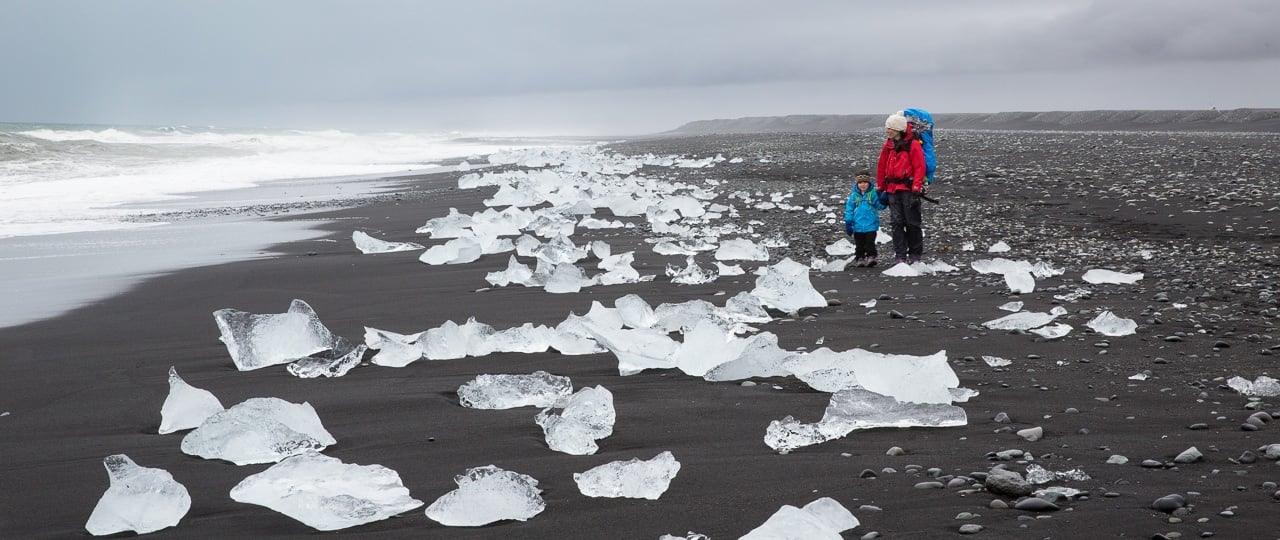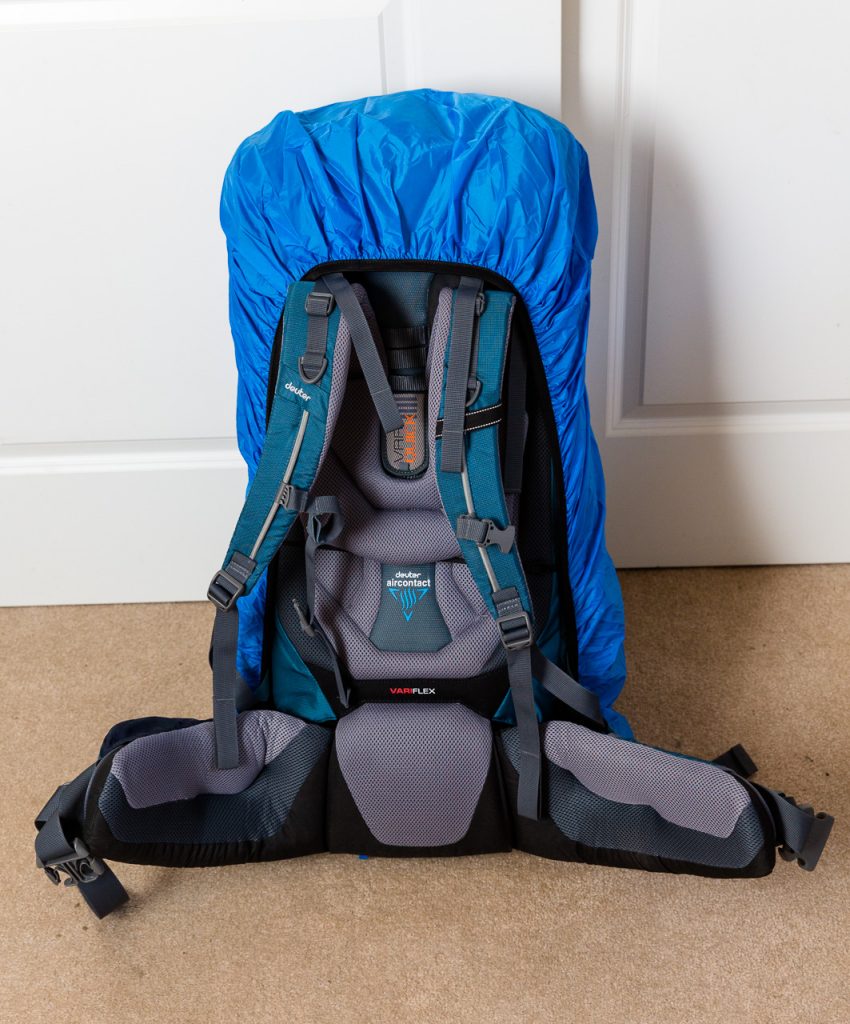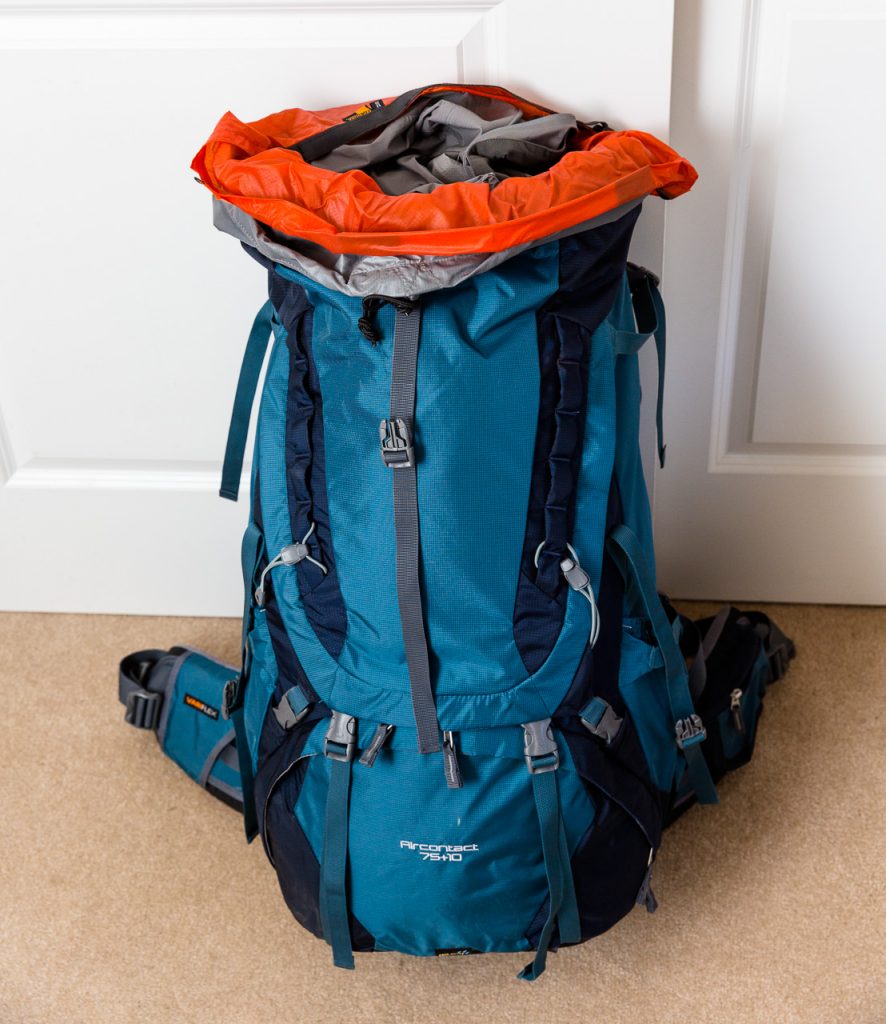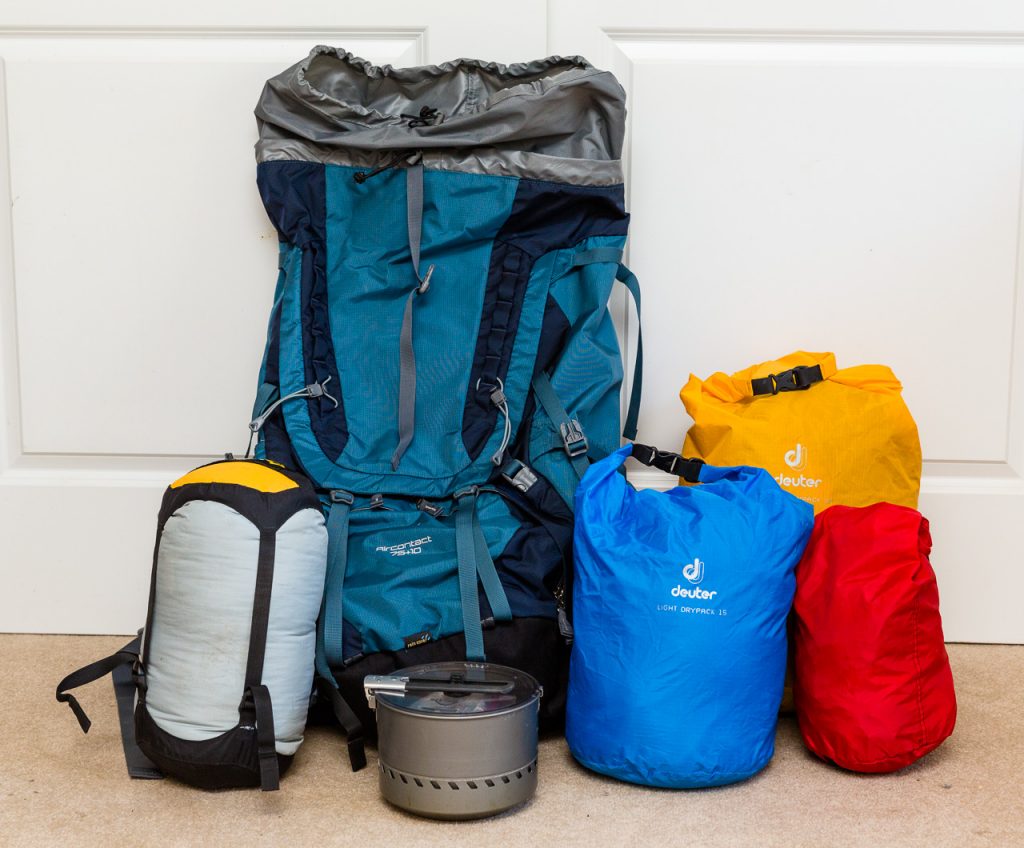'Is This Pack Waterproof?' How to Keep Your Gear Dry on the Trail
For the first five days of my Appalachian Trail thru-hike it rained every day. With daytime highs hovering in the mid to upper 30s in the mountains of North Georgia, staying warm, dry and motivated was a challenge. I managed to stay motivated but struggled with the other two. My one solace was in knowing that I had a dry sleeping bag to crawl into at the end of the day.
Fortunately, my one longer backpack trip before this – Vermont's Long Trail – had also started with five days of rain and I had learned a lot about keeping myself and my gear dry. I also had experience with winter camping which had given me skills to help stay warm. Unfortunately, some of my trail companions were learning this for the first time with frozen boots, wet clothes and soggy, loftless down sleeping bags.
After my AT thru-hike I worked in several outdoor gear stores and one of the most common questions I got when selling backpacks was, “Is this pack waterproof?”
Water Resistant vs. Waterproof
My standard answer was that the packs were water resistant; the tight weave of the nylon pack cloth combined with a waterproof coating makes a water resistant pack but unless the seams are sealed the pack will not be waterproof. There are some specialty packs available that are truly waterproof, with sealed seams and roll down closures like dry bags used for rafting, kayaking and canoeing, but this is not what most customers needed. What they really wanted to know is “How do I keep my gear dry when hiking or backpacking?”
There are multiple ways to go about this and some of it comes down to personal preference and your level of paranoia about keeping your gear dry. I will cover a few of the common strategies here and some of my personal thoughts on them.
Pack Covers
A waterproof pack cover fits over the outside of your pack and will help prevent water from getting into the pack. For passing showers, drizzles and general pack protection these can work well. As an extra bonus, there are many Deuter packs that come with pack covers included, like my Aircontact 75+15. When the rain moves in, remove the cover from the small pocket on the pack and pull it over your pack. If you use just a pack cover alone, you may find some water getting through into the pack, especially with larger downpours and all-day rains. Pack covers are also nice for keeping your pack dry if you leave it outside overnight. Cover it tightly and lean it up against a tree or if there is space you may be able to keep it protected in your tent vestibule.
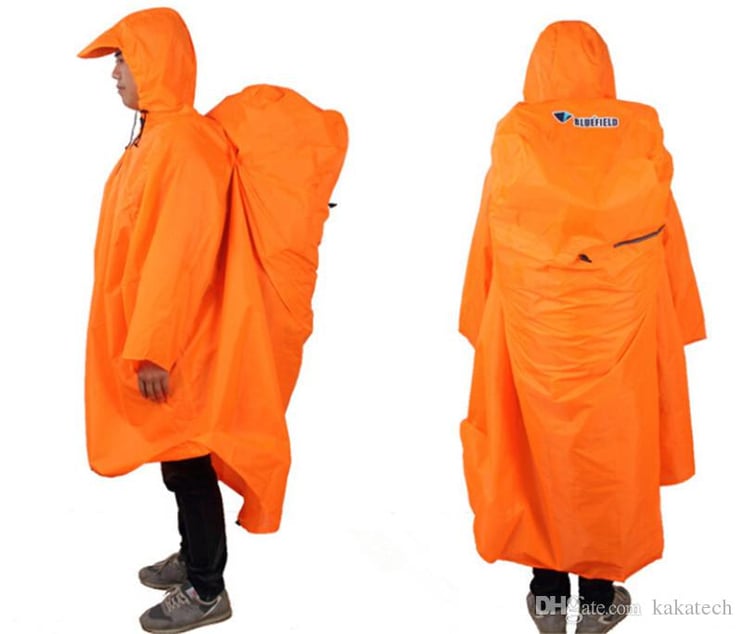
The Poncho Tactic
Some people swear by wearing a poncho that also fits over their backpack. Personally, this has no appeal to me. A flapping poncho can blow around in the wind and/or get caught on branches and you and your gear have more of a chance of getting wet each time you remove your pack. The advantage to using a pocho is that it is an extremely lightweight option that combines both your raingear and pack cover.
Pack Liners
Pack liners are used to line the entire inside of your backpack. If you like to pack everything into a single compartment these can be a good option. Using a pack liner will mean that you will only be able to access gear from the top of your pack, unless you use multiple bags. There are a few brands that have designed a strong yet lightweight pack liner with a roll-down top to seal out the water. Compactor bags or heavy contractor trash bags can be used as a low cost alternative but won't seal as effectively. Standard trash bags are better than nothing but rip easily and are not likely to hold up even for a single trip.
Stuff Sacks
Waterproof stuff sacks allow you to organize your gear and keep it dry. Even when it is not raining having your gear in stuff sacks is helpful for organization – food in one sack, that you can remove from your pack and hang or store for the night as necessary, clothes in one sack, and your sleeping bag in another. Small stuff sacks can also organize additional items like toiletries. Regardless of what strategy you employ to keep your gear dry, I highly recommend using a waterproof stuff sack for your sleeping bag. Having a warm sleeping bag that you can crawl into at the end of a day spent hiking in the rain can make the difference between having a miserable experience and having the rain be a minor inconvenience.
Any one of these methods will you give you some level of protection from water for your gear. Which you choose will depend on personal preference, budget, anticipated weather conditions, etc.
When you buy a Deuter pack with an integrated rain cover, you will always have at least one line of protection for you gear. Adding waterproof stuff sacks and/or a pack liner will give you an extra boost of confidence in knowing that you will arrive to camp with dry gear at the end of day.
Stuffing your gear into a pack willy-nilly is great for heading to Boston for a wicked wild weekend, dude, but what about heading out on the trail?
https://info.deuterusa.com/blog/packing-a-backpack/
